Lenovo V15 Gen 4 review – is AMD the way to go?
Display quality, Health impact (PWM), Sound
Lenovo V15 Gen 4 is equipped with a Full HD TN panel, model number BOE NT156FHM-N43 (BOE08D5). It comes with a 60Hz refresh rate. Its diagonal is 15.6″ (39.6 cm), and the resolution – 1920 x 1080p. Additionally, the screen ratio is 16:9, the pixel density – 141 ppi, and their pitch – 0.18 x 0.18 mm. The screen can be considered Retina when viewed from at least 60 cm (from this distance, the average human eye can’t see the individual pixels).

Viewing angles are not comfortable. We offer images at different angles to evaluate the quality.

Also, a video with locked focus and exposure.
The maximum measured brightness is 288 nits (cd/m2) in the middle of the screen and 275 nits (cd/m2) average across the surface with a maximum deviation of 11%. The Correlated Color Temperature on a white screen and at maximum brightness is 6420K.
In the illustration below you can see how the display performs from a uniformity perspective. The illustration below shows how matters are for operational brightness levels (approximately 140 nits) – in this particular case at 84% Brightness (White level = 144 cd/m2, Black level = 0.6 cd/m2).
Values of dE2000 over 4.0 should not occur, and this parameter is one of the first you should check if you intend to use the laptop for color-sensitive work (a maximum tolerance of 2.0 ). The contrast ratio is very low – 200:1.
To make sure we are on the same page, we would like to give you a little introduction to the sRGB color gamut and the Adobe RGB. To start, there’s the CIE 1976 Uniform Chromaticity Diagram that represents the visible specter of colors by the human eye, giving you a better perception of the color gamut coverage and the color accuracy.
Inside the black triangle, you will see the standard color gamut (sRGB) that is being used by millions of people on HDTV and on the web. As for the Adobe RGB, this is used in professional cameras, monitors, etc for printing. Basically, colors inside the black triangle are used by everyone and this is the essential part of the color quality and color accuracy of a mainstream notebook.
Still, we’ve included other color spaces like the famous DCI-P3 standard used by movie studios, as well as the digital UHD Rec.2020 standard. Rec.2020, however, is still a thing of the future and it’s difficult for today’s displays to cover that well. We’ve also included the so-called Michael Pointer gamut, or Pointer’s gamut, which represents the colors that naturally occur around us every day.
The yellow dotted line shows Lenovo V15 Gen 4’s color gamut coverage.
Its display covers 49% of the sRGB/ITU-R BT.709 (web/HDTV standard) in CIE1976 and 37% of DCI-P3.
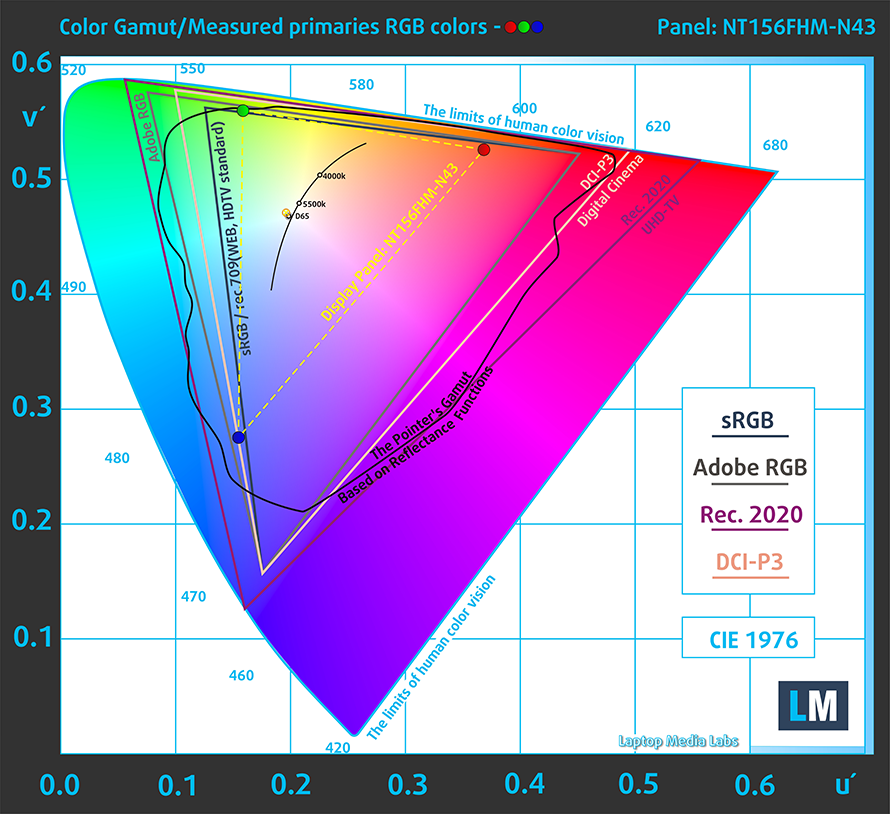
Our “Design and Gaming” profile delivers optimal color temperature (6500K) at 140 cd/m2 luminance and sRGB gamma mode.
We tested the accuracy of the display with 24 commonly used colors like light and dark human skin, blue sky, green grass, orange, etc. You can check out the results at factory condition and also, with the “Design and Gaming” profile.
Below you can compare the scores of the Lenovo V15 Gen 4 with the default settings (left), and with the “Gaming and Web design” profile (right).
The next figure shows how well the display is able to reproduce really dark parts of an image, which is essential when watching movies or playing games in low ambient light.
The left side of the image represents the display with stock settings, while the right one is with the “Gaming and Web Design” profile activated. On the horizontal axis, you will find the grayscale, and on the vertical axis – the luminance of the display. On the two graphs below you can easily check for yourself how your display handles the darkest nuances but keep in mind that this also depends on the settings of your current display, the calibration, the viewing angle, and the surrounding light conditions.

Response time (Gaming capabilities)
We test the reaction time of the pixels with the usual “black-to-white” and “white-to-black” method from 10% to 90% and vice versa.
We recorded Fall Time + Rise Time = 12 ms.

Health Impact: PWM (Screen flickering)
Pulse-width modulation (PWM) is an easy way to control monitor brightness. When you lower the brightness, the light intensity of the backlight is not lowered, but instead turned off and on by the electronics with a frequency indistinguishable to the human eye. In these light impulses, the light/no-light time ratio varies, while brightness remains unchanged, which is harmful to your eyes. You can read more about that in our dedicated article on PWM.
Lenovo V15 Gen 4’s display doesn’t flicker at any brightness level. This makes the screen pretty comfortable for long periods of use.
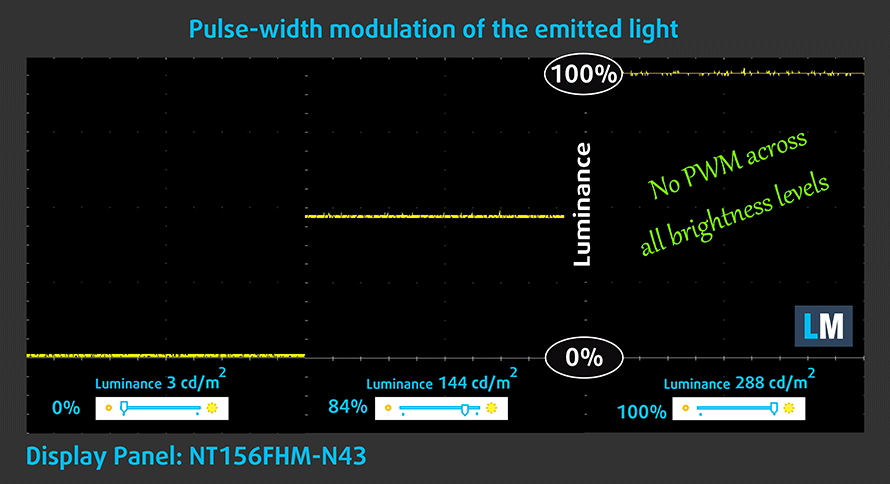
Health Impact: Blue light emissions
Installing our Health-Guard profile not only eliminates PWM but also reduces the harmful Blue Light emissions while keeping the colors of the screen perceptually accurate. If you’re not familiar with the Blue light, the TL;DR version is – emissions that negatively affect your eyes, skin, and your whole body. You can find more information about that in our dedicated article on Blue Light.
Health Impact: Gloss-level measurement
Glossy-coated displays are sometimes inconvenient in high ambient light conditions. We show the level of reflection on the screen for the respective laptop when the display is turned off and the measurement angle is 60° (in this case, the result is 50.5 GU).
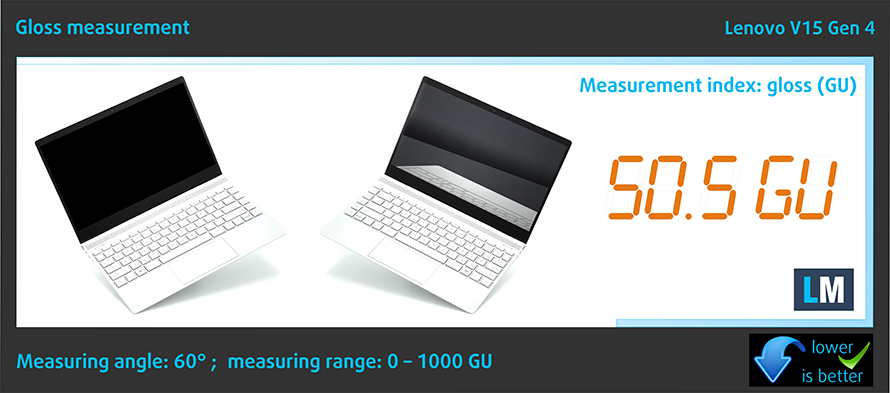
Sound
Lenovo V15 Gen 4’s speakers produce a sound of okay quality. It doesn’t have a very high volume, but we found almost no deviations across the entire frequency spectrum. However, we can see that the highs are a bit inflated.

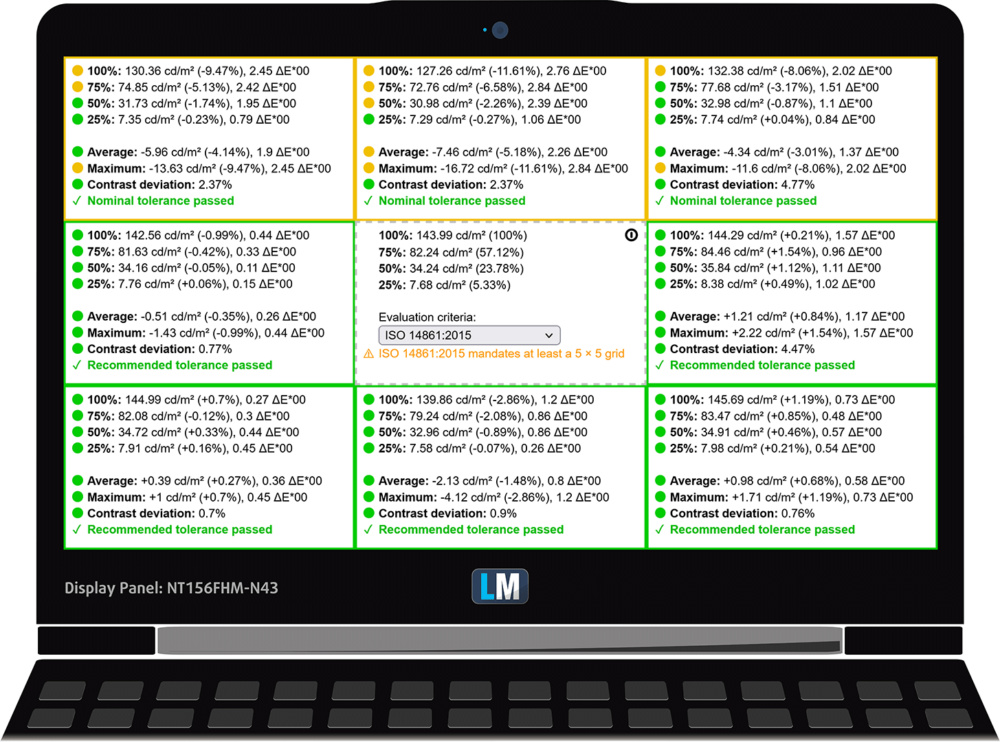
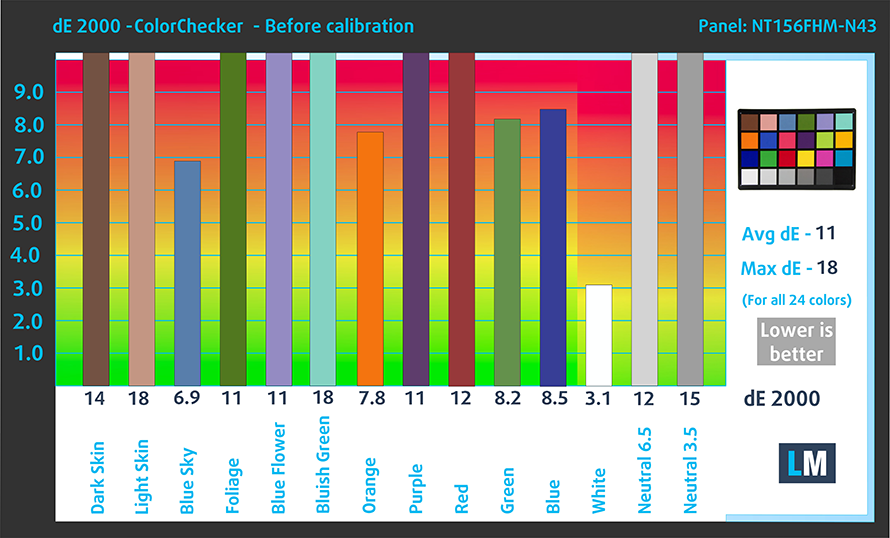
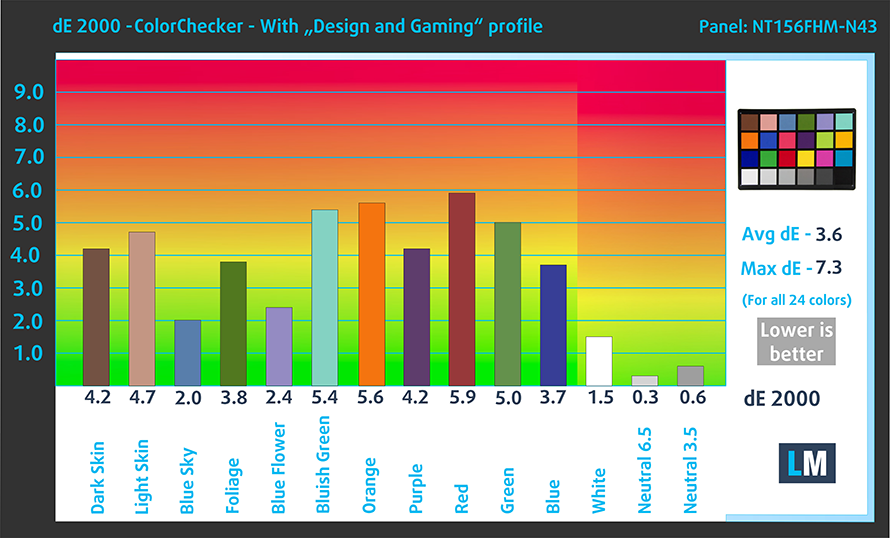







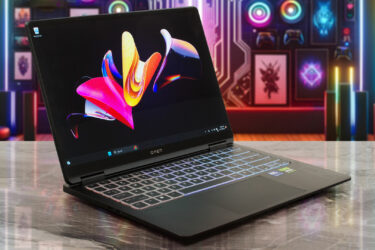
hey, thanks for this review, a reasonable laptop that a lot of people are actually considering to buy.
Bonjour. e viens de faire ‘acquisition de ce Lenovo après décès du précédent (un Lenovo G580) à l’âge vénérable de 13ans. Pour le moment, si les bases sont réunies pour une utilisation quotidienne standard de bureautique, je constate que la batterie est trèèèès loin de me satisfaire. Celle-ci est défectueuse dès les premiers jours. Après une charge à zéro, impossible de la recharger, et comme c’est une batterie intégrée, impossible d’en recommander juste une nouvelle, il va me falloir ouvrir la bête. Mon vieux Lenovo passé sous Linux me manque…
Bonjour, J’ai eu le même problème assez rapidement après l’achat de cet ordinateur, impossible de le recharger, le témoin de tension ne s’allumait plus. Avant d’envisager de retourner au magasin où je l’avais acheté j’ai fouiné sur le site Lenovo, et j’ai fini par réussir à résoudre le problème. J’ai réalisé différentes manœuvres mais je crois me souvenir que celle qui a été décisive est un appui prolongé sur le bouton de démarrage (comme si ça réalisait un reste du circuit d’alimentation). Je me demande si ça ne pourrait pas venir du logiciel Lenovo avantage, qui gère notamment les options… Read more »